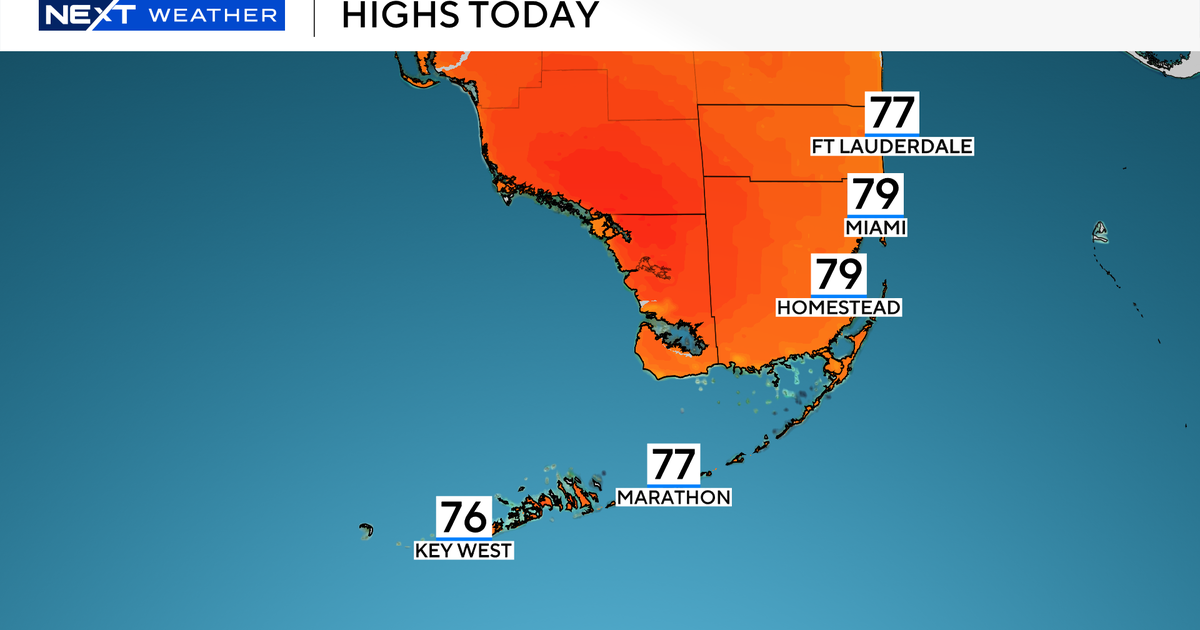Turning Sharks Into Storm Trackers
Follow CBSMIAMI.COM: Facebook | Twitter
MIAMI (CBSMiami) - University of Miami researchers are hoping the ocean's top predators will help predict the strength of tropical systems in the future.
Sharks tend to gather in areas where drastic temperature changes occur which is also where storms often intensify.
Neil Hammerschlag, director of the University of Miami Marine Conservation Program, says sharks could become an important tool since they can swim long distances and into hard to reach depths for less than it would be to deploy conventional weather devices.
The Marine Conservation Program tags about 300 sharks a year to study their movements, but researchers now want to use more advanced tags so shark can collect weather data.
"These animals then become environmental sensors," said Hammerschlag.
And what makes sharks such good storm chasers?
"Well, the great thing about sharks is they don't really know boundaries here in the ocean, so they go out and do their thing and collect data while they are swimming around," said Hammerschlag.
Certain sharks, like tiger sharks, can swim up to 30 miles a day and dive to hard to reach depths of more than two thousand feet.
UM Oceanography & Meteorology professor Nick Shay believes sharks could improve storm forecasts by up to 20-percent.
"Not only are they swimming in those areas, they are also providing data at a high data rate that give you more information than you currently have with just satellites," said Shay.
While scientists can already use deep water probes to collect weather data during storms, the price tag for the equipment, and the plane ride to drop several devices into the ocean, can run close to $100 thousand. Shark tags run about $4,500 a piece and could provide real time data around the clock.
Researchers working on the project still need to secure funding, but hope to have about a dozen weather sensor sharks swimming in the next few months.
RELATED CONTENT:



